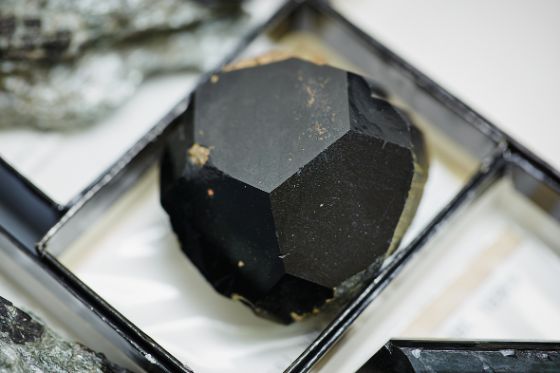SEA-SILK
Sea-silk is a fabric woven from the cleaned and combed silky filaments of the Noble Pen Shell (Pinna nobilis L.). Sea-silk was known in antiquity, but its history is not well understood. This project involves an investigation from the points of view of history, textile archaeology and biology. After compiling an inventory, the focus is on a linguistic analysis of the terms 'byssus' and 'sea-silk' in various languages and at various times.
The Sea-silk project began in 1998 and has three objectives: to compile an inventory, research the history of this highly valuable textile and document extant examples of what has become an extremely rare craft.
Today, the inventory contains roughly 60 examples dating from the 14th century to the middle of the 20th century. For history and documentation, see the comprehensive and regularly updated project website at www.muschelseide.ch in English, German and Italian.
Our research focus is now on linguistic analysis. In antiquity and until the Renaissance period, 'byssus' meant a fabric woven from the very finest linen. In the 16th century, the tuft of silky filaments of the pinna clam was given the same name – in reference to the byssus of antiquity ('bisso' in Italian). Since then, the term has been used for sea silk, which has led to a certain amount of misunderstanding and cases of erroneous attribution. Our current research question is, "What names where given to sea-silk in ancient times and in various languages eras around the Mediterranean?"
